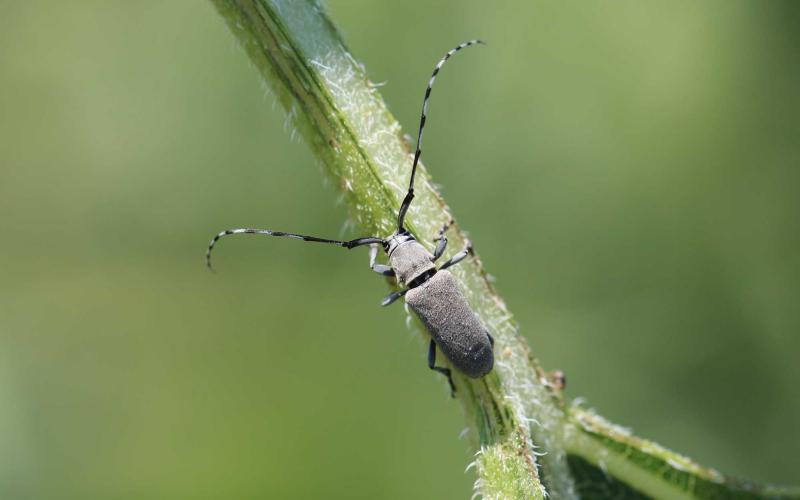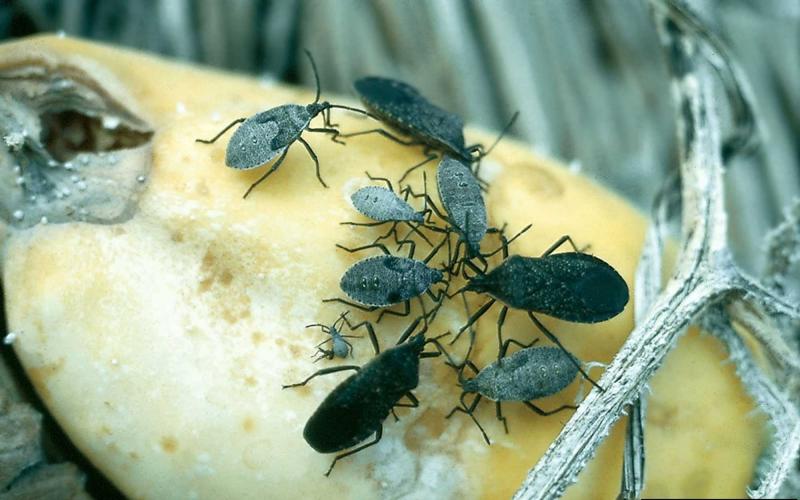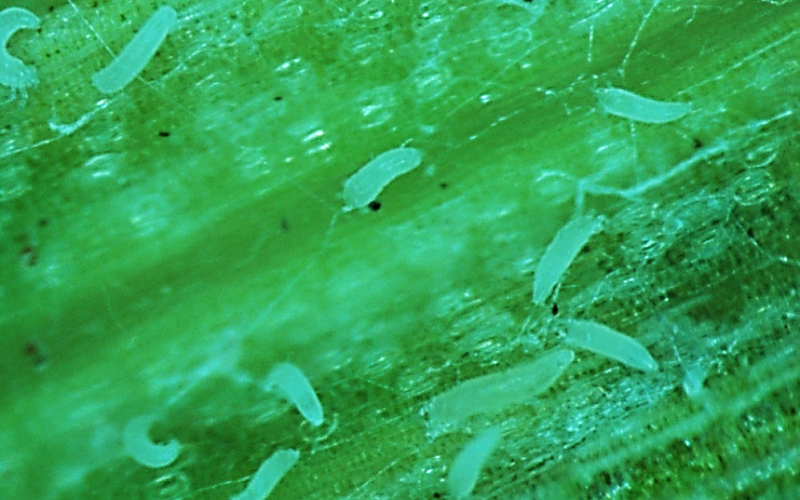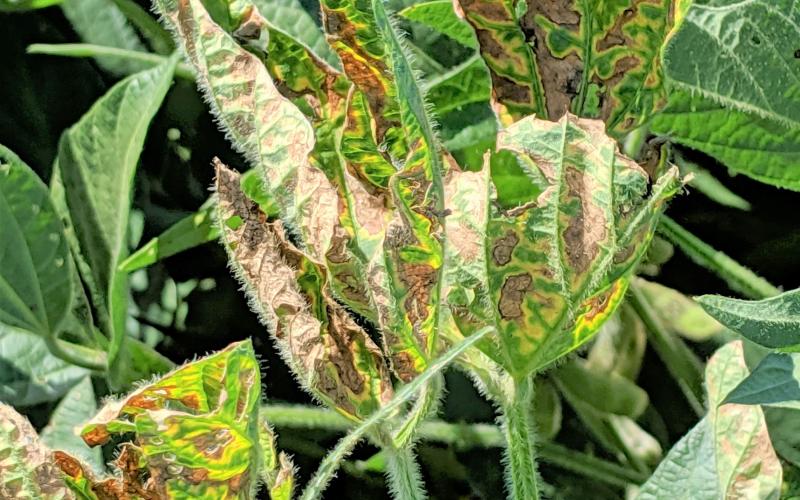Search

Will Dectes Stem Borers Be an Issue in 2020?
Every year, there is a risk that sunflower in South Dakota will be infested by Dectes stem borer larvae. At this point in the season, adults are active, and females have likely been laying eggs in sunflower plants.

Watch Sunflowers for Grasshopper Defoliation and Flower Feeding
Grasshoppers continue to be an issue in some areas of South Dakota. The hotspots seem to be along the Missouri River, but it is a reminder that everyone should be monitoring their crops for grasshopper feeding.
South Dakota Plants to Know: Purple prairie clover
The purple prairie clover (Dalea purpurea) is in bloom right now at the Prairie Butterfly Garden and each clump is abuzz with bumble bees, honey bees, and other pollinators. Not only is this native perennial highly attractive to pollinators, but it is also drought tolerant and deer resistant making it a hardy choice for your garden.

Crazy Top Disease Developing in Corn
Crazy top disease was observed in a few fields in the Southeast counties in the state. This disease develops in corn that is flooded or under full water saturation when corn has not reached the four-to-five leaf stage.

Squash Bugs Are Active and Ready to Kill Your Plants
Squash bugs are a headache for gardeners almost every year in South Dakota. As their name implies, squash bugs feed on squash along with many other cucurbits. Injury caused by extensive feeding appears as wilting and may result in the death of infested plants.

Goss’s Bacterial Wilt and Blight Developing
While out scouting corn fields (the week of August 11, 2020) Goss’s bacterial wilt and blight was found starting to develop in a number of fields.

Volunteer Winter Rye Could Be a Source of Ergot in Your Wheat
A few wheat fields scouted this summer were found with volunteer rye infested with ergot. Volunteer rye, in addition to being a weed, can be a source of ergot, which is a concern for winter wheat producers.

Wheat Streak Mosaic Virus is Prevented Before Planting Winter Wheat
Wheat streak mosaic disease (WSMD) is one of the important diseases in winter wheat and can lead to severe yield losses.

Time To Harvest Those Winter Squash
One of the wonderful things about having a vegetable garden is having access to fresh produce all season long. Now that the growing season is closing down, you likely still have some vegetables left to harvest, particularly the winter squash. The great thing about squash is that they usually store well so they can provide food for several months during the fall and winter.

Sudden Death Syndrome of Soybean
Fact sheet discussing sudden death syndrome of soybean.